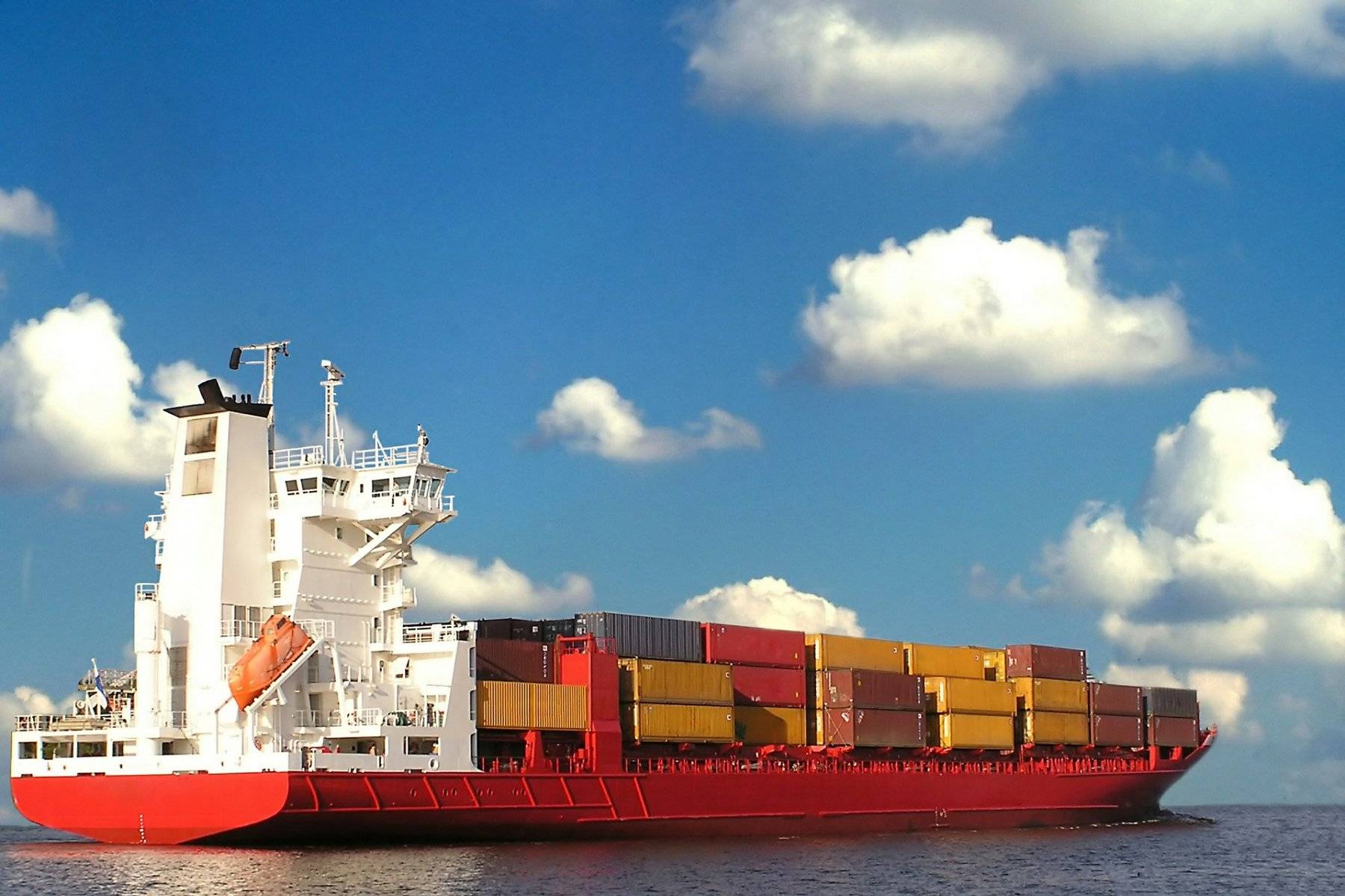Shipping grains requires experience and if you don’t have any, it is highly recommended that you first work with someone who has some experience in the segment. The good news is that if you already have experience with shipping grains across multiple states, international shipping will not be much different beyond the extra paperwork. Even if you are relatively new to the export-import business, the following tips should be able to help you avoid at least some of the learning curves.

Acquire a Target Market
The grains you produce must match the needs of your target international market. Therefore, the very first objective should be determining which countries you would benefit the most by trading with. Check out the official stats to get a better handle on the US agricultural export industry and its chief international customers. In case your current supply/produce feels appropriate for markets which are already oversaturated with US suppliers, invest in acquiring or producing agricultural products which can cater to other, less crowded markets.
Invest in the Right Equipment
Investing in the right equipment is a basic requirement for getting into this business, as the margin of error is very narrow here. If you already have a sound infrastructure for loading, unloading, storing, cleaning and packing grains in and out of silos, you may not need to invest in additional equipment.
On the other hand, if your current setup isn’t prepared to handle the extra workload that comes with meeting the demands of national and international customers simultaneously, an upgrade would be essential. Pneumat specializes in bin and silo cleaning, clearing, loading, unloading and buildup removal equipment, so contact them if you are new to the business, or your present silo management systems seems to be falling short.
Find the Best Freight Quotes for Your International Shipments
There are only a few international shipping companies which can handle largescale grain shipments, and even fewer are those that can do so at an affordable rate. Check this link and see if the route(s) you need the shipping company to cover are ones that they can do without going over your budget.
Keep in mind that if you are completely new to shipping grains internationally, you may want to consult with your experienced peers in the business first to know what the current going rates are for your route(s). In case that’s not applicable, do a bit of research on the internet to find the information.
Securing International and Foreign Permits
There are, of course, certain licenses and permits which you will need to acquire from the US government first. Other than that, you will also need to secure permissions from the foreign government before sending your grains to the destination country.
Visit the official US government’s website for more information on how you need to proceed with getting the necessary licenses and permits. However, you will need to consult with your local contacts for information on the foreign export-import rules of the destination.

